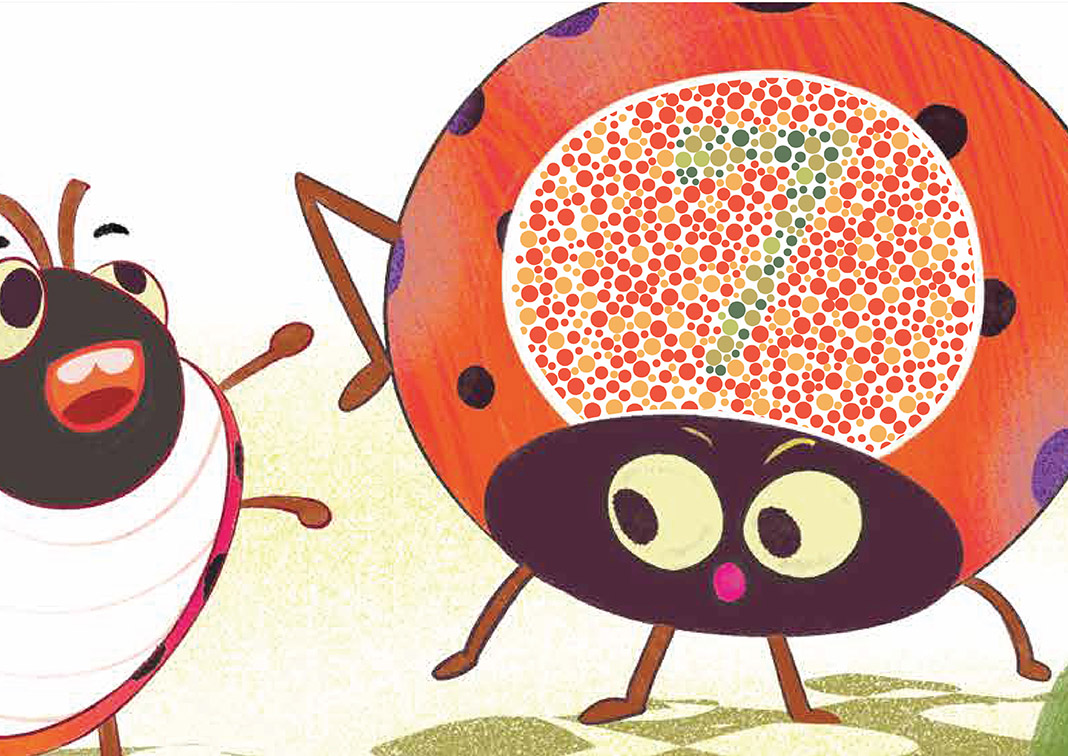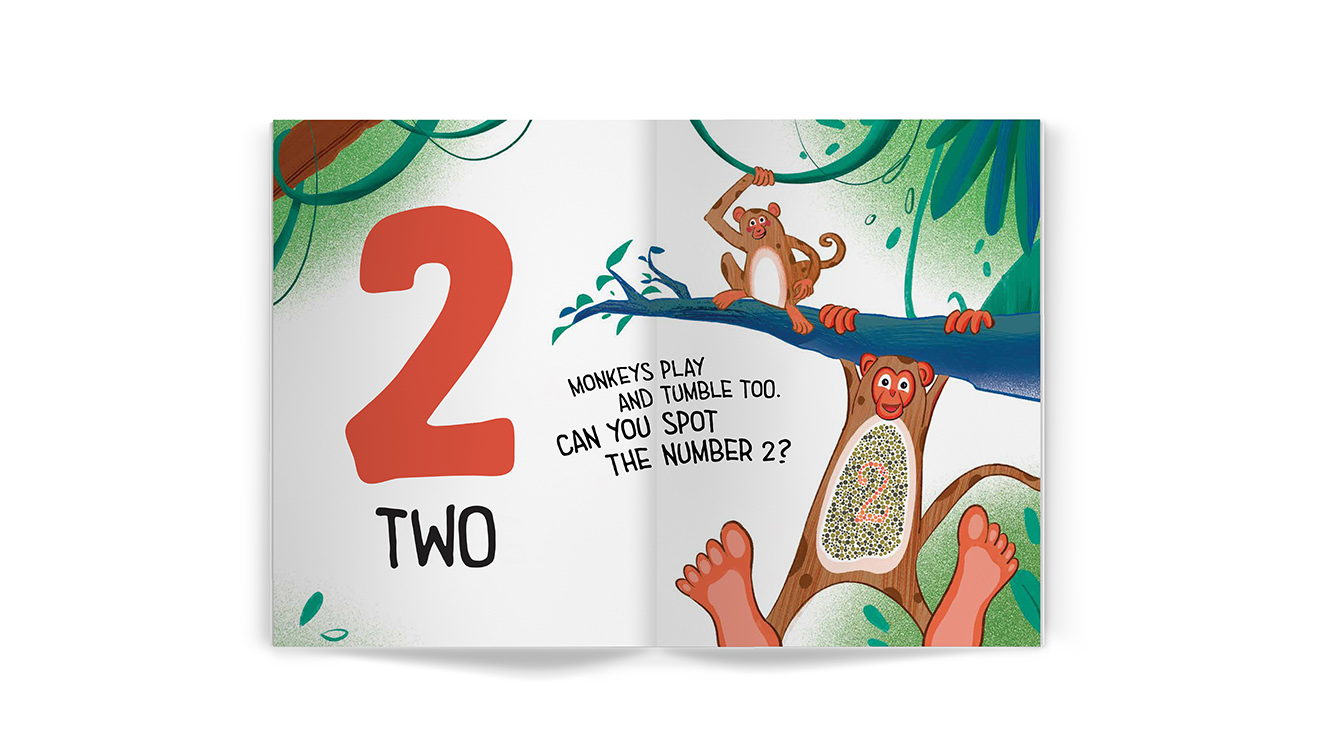FCB Interface’s Sonam Gautam on designing early education differently: What Navneet’s colour blindness detection textbook teaches us

By Sonam Gautam, ECD and Head of Design at FCB Interface India.
Design has always had a place in education—from alphabet charts to classroom posters—but it’s often seen as a tool for engagement rather than impact. That’s why Navneet Education’s latest initiative stands out. It’s a reminder that design can do more than make learning beautiful. It can make it meaningful.
At the very start of a child’s schooling journey, Navneet has introduced a quiet innovation: the Colour Blindness Detection Textbook. At first glance, it’s just another primary school textbook—filled with cheerful illustrations and friendly characters. But woven into these pages is something more—a way to detect colour vision deficiency (CVD), or colour blindness, through the very process of learning.
The Colour Blindness Detection Textbook uses nature-inspired scenes—frogs by the pond, fish in the ocean, butterflies in flight—each designed with subtle Ishihara-style dot patterns that help indicate whether a child may have trouble distinguishing certain colours. These patterns are integrated into the illustrations in a way that’s gentle and non-intrusive. For the child, it’s play. For the educator or parent, it’s a valuable early signal.
What makes this idea resonate isn’t just the cleverness of the execution. It’s the intent behind it.
In most classrooms, colours are foundational—used to teach, to differentiate, to delight. But for children with colour blindness, that very foundation can be a hurdle. And because the condition often goes unnoticed, especially in the early years, the consequences can linger quietly—affecting learning, confidence, and participation.
Navneet’s Colour Blindness Detection Textbook addresses this gap, not with tech, but with thoughtful design. No app. No additional effort. Just print, pattern, and purpose.
In doing so, it reminds us that design in education isn’t just about aesthetics—it can be diagnostic. It can be inclusive. It can be early intervention disguised as illustration.
For those of us in education, publishing, or design, this opens up a wider conversation: What else can we build into the tools we already use? How can the things children see every day become ways of seeing them better?
Navneet’s Colour Blindness Detection Textbook doesn’t position itself as a revolutionary breakthrough. But in its simplicity and sensitivity, it sets a new benchmark for what educational design can achieve.
Sometimes, the best innovations don’t shout. They quietly help someone feel seen.


